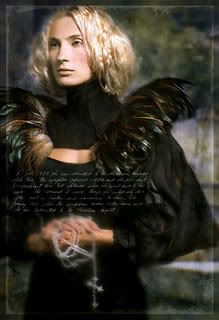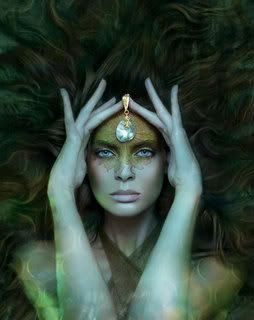
Eau de Cologne from Chanel is just what the doctor prescribed for those lazy, hot summer days when you don't have the mental energy to think straight and pick a scent that won't clash with the humidity and the heat.
And it is now as good a time as any to dispel the myths around this type of scent named Eau de Cologne. Usually it is what men in the United States say they use. This is actually a tradition that has to do with avoiding the unpleasant connotations of the term Eau de toilette and not an accurate rendition of what they put exactly on their skin. Too many times you will hear men saying that and in fact what they use is Eau de toilette. The notion of why this is so undelicate a concept to grasp dawned on me after a discussion on the correct etiquette on asking to use a toilet in someone's house. I had been told that it's customary to say "bathroom" even if you're not going to actually bathe in there. Suffice to say that this particular delicasy of phrase has escaped my more sturdy european ears and we do use the term toilet aplenty. However faire la toilette is also the french term for preening and in that regard Eau de toilette fits in really well, as it is part of the ritual (hence the name of course).
Another type of mix up happens because Eau de Cologne is not just a concentration of a scent at the counter of any fragrance line, but also a special type of scent recipe, harking back to 1370 and the first alcoholic perfumed mix prepared for the Queen Elizabeth of Hungary. This got named Hungary Water and is still around today. However it took it a couple of centuries more, to become the Eau de Cologne that became famous in 1792 under the name 4711 Echt Kolnisch Wasser, after the homonymous town in Germany (Koln/Cologne) where it was produced. The house that produced it is called Muelhens (although now 4711 is owned by Wella), the name comes from the original address of the Muelhens shop and they claimed they got the recipe from a Carthusian monk nammed Farina who gave this as a wedding gift to William Muelhens. Its first name was "aqua mirabilis" (water of miracles) due to its stimulating, antibacterial properties that warded off disease and acted as a tonic. A different story attribues the origins to Farmaceutica di Santa Maria Novella in Florence (which was founded in 1612) where the monks manufactured the Aqua della Regina (water of the queen), made for Catherine de Medici who upon coming to Paris inaugurated the tradition of perfumery to the french capital. There suppossedly the recipe was copied by Paul Feminis and the vogue for eaux de cologne flourished well into the coming years. [You can read the history of Eau de Cologne on this link. ]
The classic recipe of Eau de Cologne includes bright citrusy notes of bergamot, petitgrain (the essence from the stems of the bitter orange tree) along with neroli and some fruit rind's expressed oil (such as lemon or orange), garlanded with herbs such as lavender and rosemary, the odd floral note (rose for instance, as is the case in 4711) and a light underpinning of a more sturdy base note that would anchor the scent so it doesn't evaporate into thin air too soon.
In Chanel's case the given notes for its new Eau de Cologne are:
neroli, bergamot, citrus, musk, vetiver.
Indeed as one sprays the succulent juice on the skin a burst of bright, sunny, slightly bitter citrus fruits explodes and envelops the wearer in a sunny vignette of times gone by. Like people dressed in striped maillots preparing for a swim in a cosmopolitan beach, eau de cologne always brings to my mind a memory of lazy languid summer days of yore when parents and granparents started for the beach with panache and straightforward style. Think those classic Breton matelots and you're there. Soon the whole sweetens and obtains a rounder neroli and musky ambience that is supported by a light yet sensual backdrop. It does not last too long alas, which is of course the nature of such fleeting things, like a quick dip in the refreshing blue waters, but it does provide so much enjoyment while it does.
The gigantic 400ml bottle is prefectly made for lavishing this on with reckless abandon.
Pic by Nick Moschos courtesy of eikastikon.gr
.jpg)









